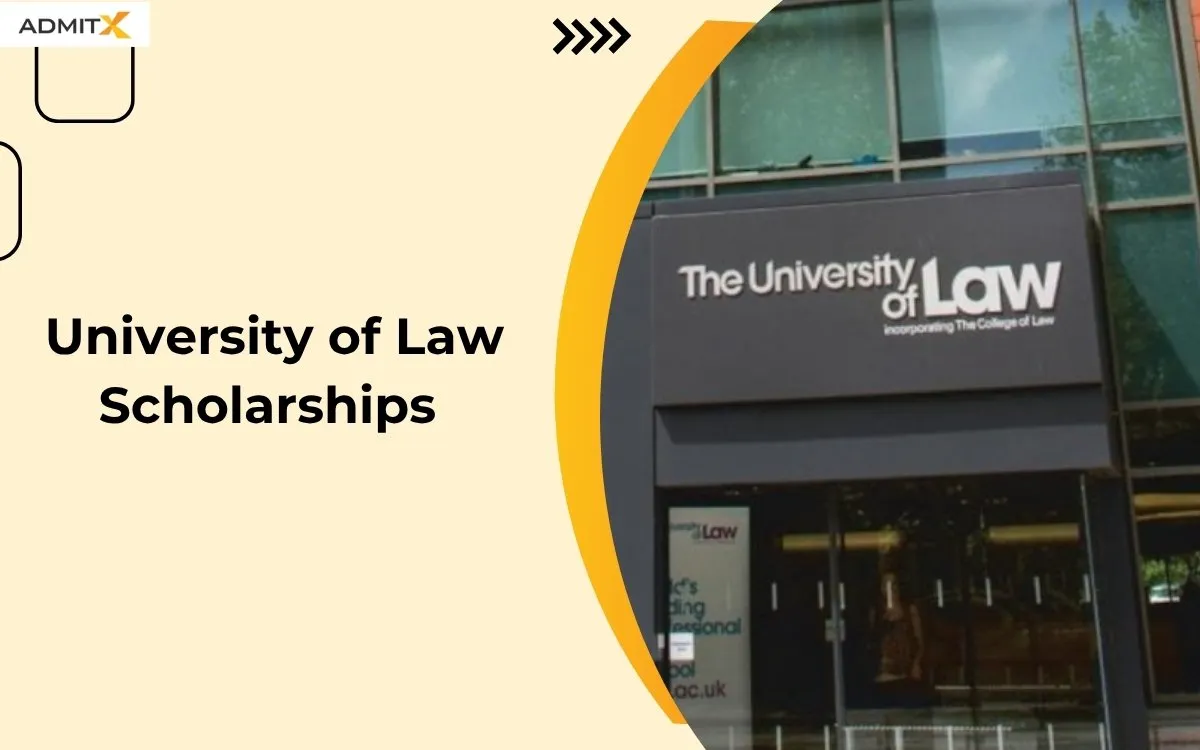
Master’s in Information Systems: Top Universities, Syllabus and Jobs
A Master’s in Information Systems (MIS) also known as Master of business Information System or Master of Business Information Technology program bridges the gap between business and technology. It equips you with a strong foundation in business principles alongside specialised technical courses in information systems. This blend provides a practical perspective, preparing you for a technology-driven business environment.
- Understanding the Master’s in Information System Advantage
- Structure and Duration
- Considering Similar Programs
- Top Universities For Pursuing Master’s in Information Systems
- Master’s in Information Systems (MIS) Curriculum
- Jobs After Pursuing Master’s in Information Systems
- Steps to Enrol for an MIS Programme:
- Conclusion
- FAQs
Understanding the Master’s in Information System Advantage
While many students recognise the value of a Master of Science (MS) or Master of Business Administration (MBA), the Master of Information Systems (MIS) program might be less familiar. This unique program integrates elements of both disciplines.
The pervasive influence of information technology has transformed IT systems and their management into a core business function. Recognising this shift, many universities now offer Master’s in Information Systems within their business schools. These programs provide a general understanding of business and specialised courses made to information technology and its applications in the business world.
Structure and Duration
Most Master’s in Information Systems programs can be completed within 18-24 months, typically requiring 33 credit hours of coursework. While the thesis requirement may vary by university, the program equips you with the necessary knowledge and skills to excel in this dynamic field.
Also read – job opportunities after MIM
Considering Similar Programs
If you’re interested in programs that blend technology and business, here are some alternatives to consider alongside the Master of Information Systems (MIS):
- Master of Science in Engineering Management (MEM)
- Master of Science in Information Management (MIM)
- Master of Science in Information Systems (MSIS)
- Master of Science in Technology Management (MSTM)
Beyond the MIS, programs like MEM, MIM, and MSTM offer a blend of technology and business. An MEM suits those with engineering backgrounds looking to lead tech projects. MIM focuses on information as a strategic asset, ideal for data governance roles. MSTM provides a broad technology management perspective for aspiring enterprise leaders. The best choice depends on specific career goals and academic background.
Top Universities For Pursuing Master’s in Information Systems
Many universities offer a Master’s in Information Systems but you should choose the best ones which can give you exposure in terms of research and career opportunities. Here is a list of best universities for a Master’s in Information Systems Management:
| Universities | Course | Duration | Tuition Fees |
|---|---|---|---|
| Monash University | Master of Business Information Technology | 1.5 - 2 years | AUD 49,500 |
| RMIT | Master of Business Information System | 2 years | AUD 35,520 |
| Swinburne University of Technology | Master of Information Systems | 2 years | $67,600 |
| Deakin University | Master of Information Systems | 1 - 2 years | $63,088 |
| University of Canterbury | Master of Business Information Systems | 17 months | NZD 54,600 |
| University of Greenwich | MSc in Business Information Technology | 1 year | GBP 18,150 |
| La Trobe University | Master of Business Information Systems | 2 years | AUD 74,400 |
| Australian National University | Master of Business Information Systems | 2 years | AUD 49,395 |
| Torrens University Australia | Masters of Business Information Systems | 2 years | AUD 62,800 |
| University of Melbourne | Master of Information Systems | 2 years | AUD 123,850 |
Master’s in Information Systems (MIS) Curriculum
The curriculum of a Master’s in Information Systems (MIS) equips you with a well-rounded understanding of business and information technology (IT). While the specific courses offered may vary by university, most programs provide a strong foundation in these two key areas:
- Understanding Organisations: You’ll gain a grasp of how organisations function, including their structure, processes, and the challenges they face.
- Essentials of Information and Communications Technology (ICT): Develop a strong understanding of core IT concepts, such as hardware, software, networking, and communication technologies.
Core Courses in most MIS programs:
- Systems Analysis and Design
- Database Management
- Enterprise Architecture
- Information Security and Compliance
- E-Commerce and Web Applications
- Data Warehousing
- Business Process Design
- Business Intelligence Applications
- Information Systems Strategy and Governance
- Project Management
Jobs After Pursuing Master’s in Information Systems
With a degree in Information Systems, you’ll be highly sought-after by employers across many industries. This is because businesses heavily rely on the design, implementation, and management of information technology, which is exactly what your skills will equip you for.
To further strengthen your skillset and make yourself even more attractive to employers, consider gaining experience in different areas of information systems, such as hardware, operating systems, software, and even team leadership. Here is a list of jobs after pursuing Master’s in Information Systems:
| Job Posts | Salary (annual) |
|---|---|
| Application Analyst | $89,000 - $100,000 (INR 74 - 83 Lakhs) |
| Cyber Security Analyst | $87,000 - $100,000 (INR 72 - 83 Lakhs) |
| Data Analyst | $68,000 - $100,000 (INR 56 - 83 Lakhs) |
| Data Scientist | $91,000 - $100,000 (INR 76 - 83 Lakhs) |
| Database Administrator | $88,000 - $100,000 (INR 73 - 83 Lakhs) |
| Information System Manager | $96,000- $100,000 (INR 80 - 83 Lakhs ) |
| IT Consultant | $69,000 - $100,000 (INR 57 - 83 Lakhs) |
| System Analyst | $83,000 - $100,000 (INR 69 - 83 Lakhs) |
| Business Intellegence Analyst | $64,000 - $100,000 (INR 53 - 83 Lakhs) |
| Business Application Manager | $100,000 - $200,000 (INR 83 - 1 cr) |
Steps to Enrol for an MIS Programme:
- Eligibility: Check the university website – some MIS programmes accept students from various backgrounds, while others might require an IT degree.
- Standardised Tests:
- GRE or GMAT: Top universities often require one of these tests. Aim for an average score (around 310 for the GRE and 620 for the GMAT).
- GMAT Focus Edition: This shorter version of the GMAT requires an average of 720.
- English Proficiency: Most universities require TOEFL or IELTS.
- TOEFL: Aim for an average score (around 80-100).
- IELTS: Target an average band score (around 6.5-7.0).
- SOP: Write a clear, well-structured Statement of Purpose highlighting your MIS experience, skills, and career goals.
- Resume: Present a professional resume showcasing your education, relevant experience, and achievements.
- Recommendations: Obtain strong recommendations from individuals familiar with your academic or professional abilities.
- Interview: Research common MIS interview questions and prepare well-considered responses.
Conclusion
In conclusion, a Master’s in Information Systems (MIS) career offers a compelling bridge between business and technology. By bridging this gap, MIS professionals ensure an organisation functions efficiently. Getting an MIS degree from a reputable university equips you with the necessary skills and knowledge to be in high demand, potentially leading to a fulfilling career filled with job satisfaction and financial security.
FAQs
Is a Master’s in Information Systems worth it?
A Master’s in Information Systems can be a valuable path to higher salaries, career advancement in IT leadership or project management, and specialised skills in cybersecurity, data analytics, or network engineering. However, if you already have a successful IT career and don’t require specialisation, additional experience might be enough.
What are the major subjects in a Master’s in Information System?
Master’s in Information Systems typically cover subjects that bridge the gap between business and technology. Examples include designing information systems for businesses, managing large datasets, understanding network communication, and information security principles.
Do I need to know coding to pursue a Master’s in Information Systems?
Information systems programs aren’t built around teaching specific coding languages. They focus on the broader picture, examining how businesses and technology networks work together. While knowing how to code can be a plus, it’s not usually a requirement.
Can I pursue Master’s in Inforamtion System without GMAT?
No, GRE or GMAT score is required for pursuing Master’s in Information Systems.
Is MIS better than MS?
An Master of science in Computer Information equips you to be a software engineer, focusing on building and maintaining the technical aspects of software. On the other hand, an MIS program prepares you for business and industry. Here, the emphasis is on understanding how information systems can improve business operations and increase profitability.
If you are an aspirant looking to study at your dream university, book an appointment with AdmitX today and start your applications early to avail yourself of all the benefits.









